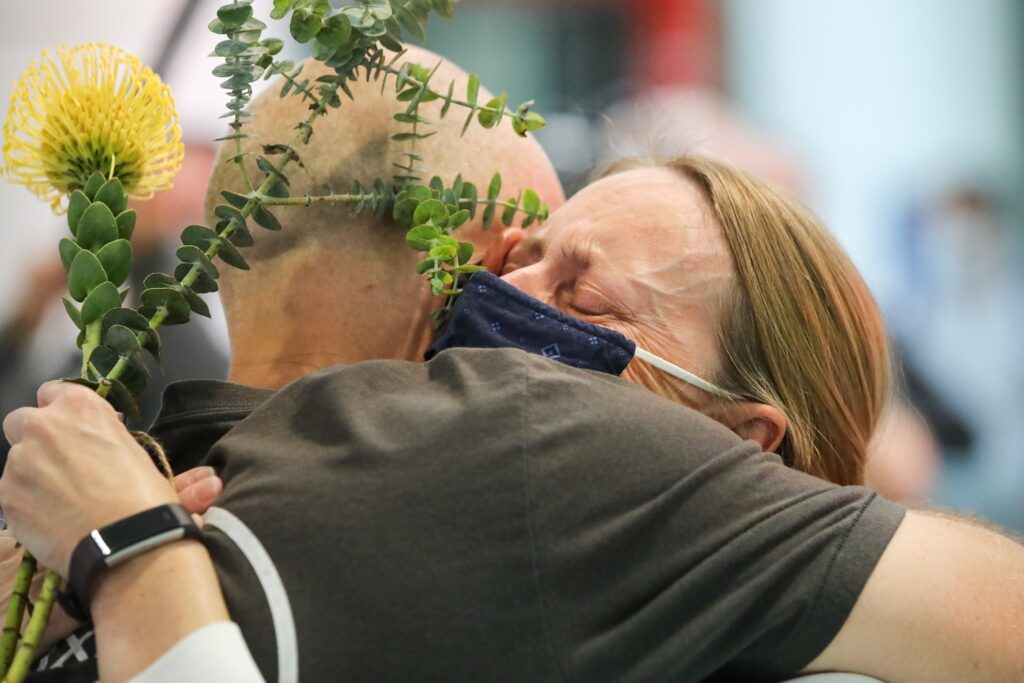Sydney Airport in Australia has commenced quarantine-free travel for international passengers for the first time in 582 days.
Geoff Culbert, CEO of Sydney Airport, said, “Today some of the magic returned to our arrival halls; grandparents meeting grandkids for the first time, families reuniting, all of the scenes that have been absent for far too long.
“It’s also an incredibly important day for the 800 organizations and thousands of people who work at the airport. Quarantine-free travel means that shops can reopen, businesses can bring people back and we can all start the process of recovering from the worst crisis in the history of aviation.
“Sydney Airport can now resume its contribution to the New South Wales (NSW) economy. Every daily A380 service brings with it A$200m (US$150m) in annual economic activity and 2,100 jobs, and we are looking forward to welcoming plenty of them soon.
“We would also like to acknowledge the thousands of people who went into hotel quarantine and the agencies who oversaw the process. They played a crucial role in keeping NSW and Australia safe in complex and difficult circumstances, and we should all be incredibly grateful.
“We still have a long way to go in terms of the recovery of our sector, but allowing fully vaccinated Australians to travel without quarantine will provide the template for bringing back students, business travelers and tourists from all over the world.”
Excluding passengers who entered under the trans-Tasman bubble arrangements, all international passengers since March 29, 2020, have been required to go into hotel quarantine, with Sydney Airport processing more than 250,000 arrivals – over half of the national total.
Preparations for the return of international travel have been underway almost since travel restrictions began, and the airport has taken advantage of the lack of passenger traffic to make improvements including:
- Reconstructing nearly 10,000m2 of the main runway in a major runway safety project, at a total budgeted project cost of A$14m (US$10.4m);
- Checking more than 30km of conveyor belts on the baggage system and replacing more than 100 gearboxes to cut energy use by 50%;
- Renovating the retail area in the T1 International Terminal, more than doubling the roof height and reconfiguring the space to welcome 12 new luxury brands in 2022;
- Building a 15-room Aerotel – Australia’s first in-terminal hotel, due to open in 2022;
- Spending A$8m (US$6m) on passenger bathroom upgrades.
“While the announcement about quarantine-free travel was made only a few weeks ago, this day has been 19 months in the making,” Culbert said.
On an airline seat capacity basis, the recovery is expected to reach 16% of pre-Covid international seat capacity by the end of November, increasing to nearly 40% in January 2022. Domestic seat capacity is expected to grow from 25% of pre-Covid levels in November to 89% in January 2022.
“Aviation was the first industry into the crisis and will be one of the last to recover, but it’s terrific to say the start of that recovery is finally here,” said Culbert.

